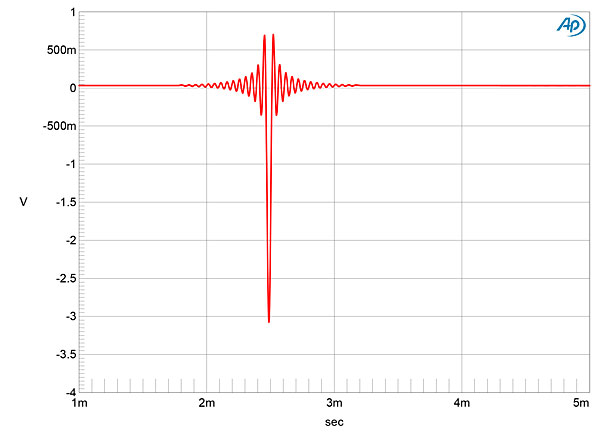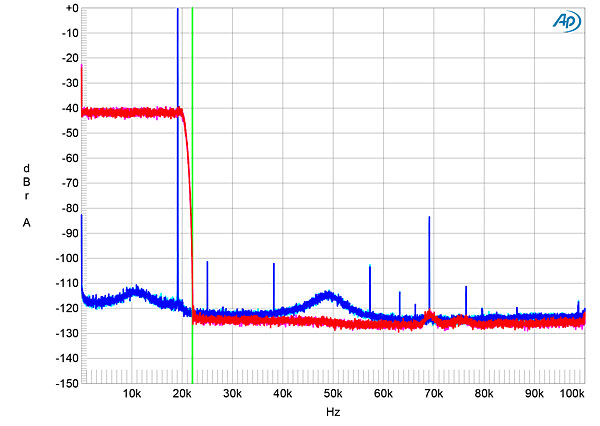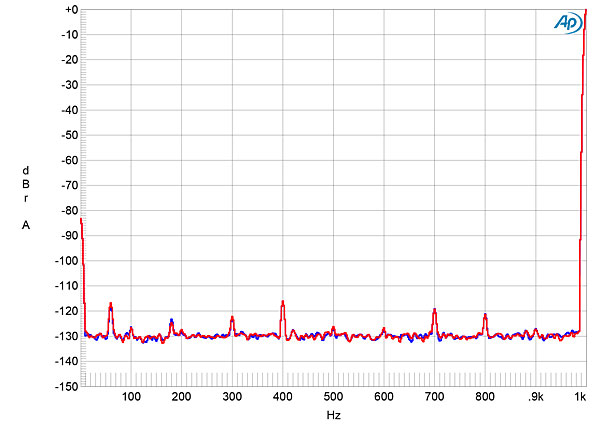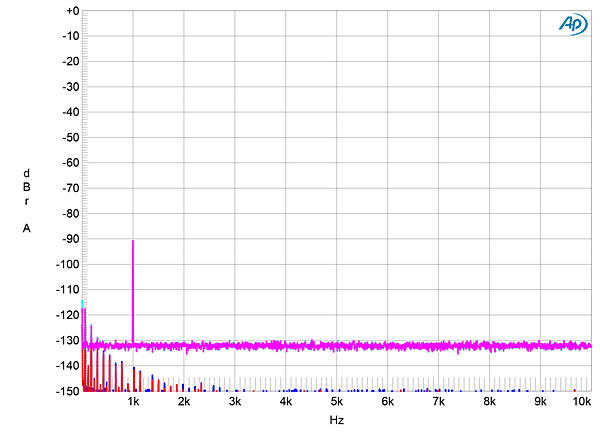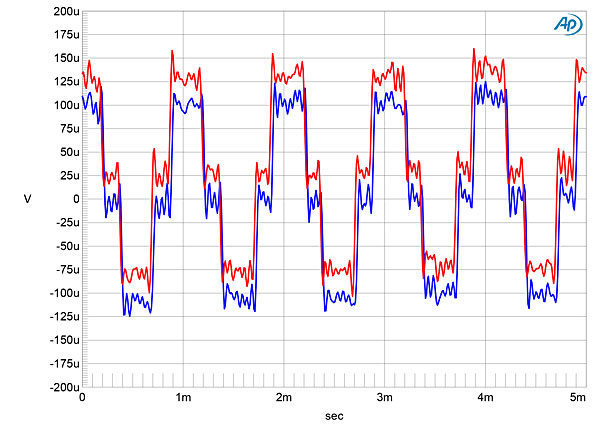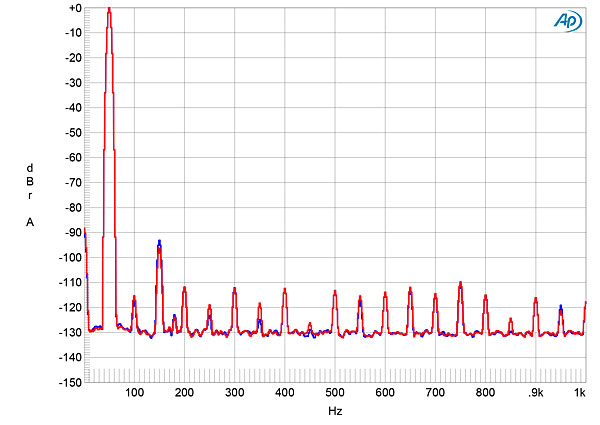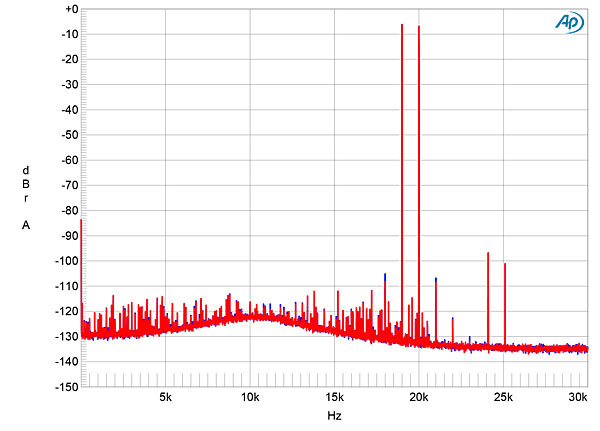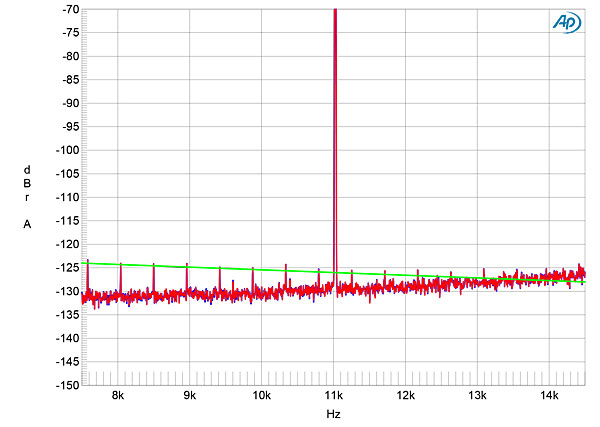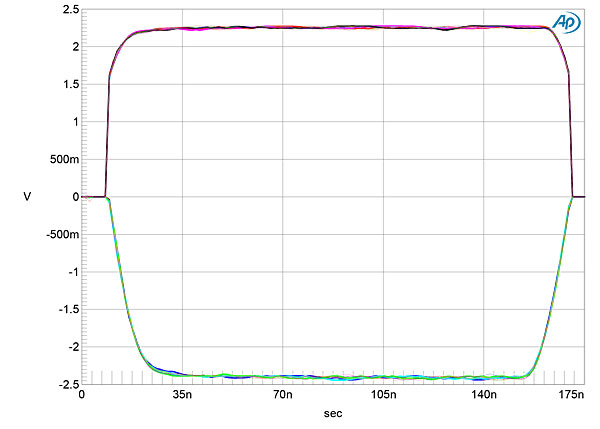| Columns Retired Columns & Blogs |
Appreciate the CD vs streaming comparisons and music recommendations. As one who listens to both formats, I question the necessity of a stand alone CD player. I purchased my first DAC in 2010. At the time I was in the market for a new CD player. The player I owned (McIntosh MCD201) had required two factory repairs for a faulty transport and I sold it. A salesperson talked me out of buying another CD player because it puts the owner at the mercy of the transport. I could relate. How many DVD players are out there? I spin CDs in an early 2000s Pioneer DV-353 feeding a Moon 280D through the entry level Transparent cable with wonderful results. If the Pioneer cacks out, I can replace it for little cost. Just sayin'.
